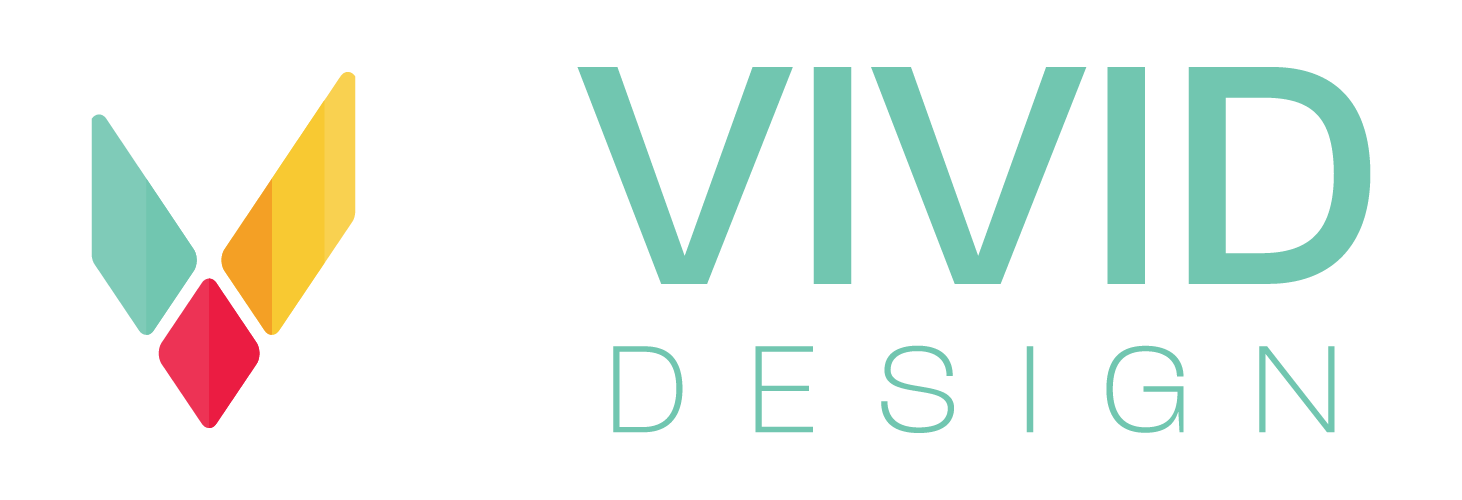Effective typography tells the audience what's the most essential information on the page before they even realize it. In fact, the best typography should go unnoticed by those who don’t love design. It should work seamlessly. Here are a few ways to make that happen:
Check Your Brand Guide
Does your digital signage match the rest of your brand, or does it seem out of place? An excellent brand guide tells you what fonts, colors, size, and spacing to use. If you do not have a brand guide yet, we can help you. Get in-touch today
Stick to Sans Serif
In your brand guide, you may have both serif and sans serif fonts. Serifs are the little marks at the ends of letters. Sans serif fonts, like Arial, do not have these marks. For advertising, it’s typically best to stick to sans serif fonts, as they tend to be more readable.
Pair Fonts
If your advertising needs to convey a lot of information, you need to make a hierarchy that’s easy for readers to identify. Consider using your sans serif fonts as headers and serif fonts as body text. When in doubt, use Arial. Establish a set of rules about this hierarchy or consult your brand guide. Remember that you can also use different weights, like bold, to communicate the visual authority.
Three-Font Max
It’s great to pair fonts, but don’t overdo it. Try to stick to just two or three fonts per project. Too many can make the screen chaotic, like in the example above.
Font Size Matters
In the design world, the size of the typography is key to readability. If you're not sure, go bigger. Think about the distance the ad will be from your audience. A project like signage will need a lot larger text than a social media post. However a printed product like a brochure or business card will be different again.
Consider Casing
At first thought, it may seem like a great idea to use all-caps on your design. However, that can make it difficult for people to see the full shape of the word. When possible, avoid typing whole words in upper-case. If you need to communicate that a particular piece of information is vital, try a different weight instead.
Thoughts on Spacing
Spacing is perhaps the most crucial part of making your typography useful. In my work, I use line heights to guide my spacing choices. For example, if you have big chunks of text, you may want to put two line heights in between each.
Furthermore, you can use a grid to ensure that your spacing is even. If spacing is even slightly uneven, it can be a significant distraction. Play with your alignment a little, but know when to stop fiddling with it.
Less is More
Don’t take a paragraph to say what you could communicate with one sentence.
Need help with your typography, contact us today.

